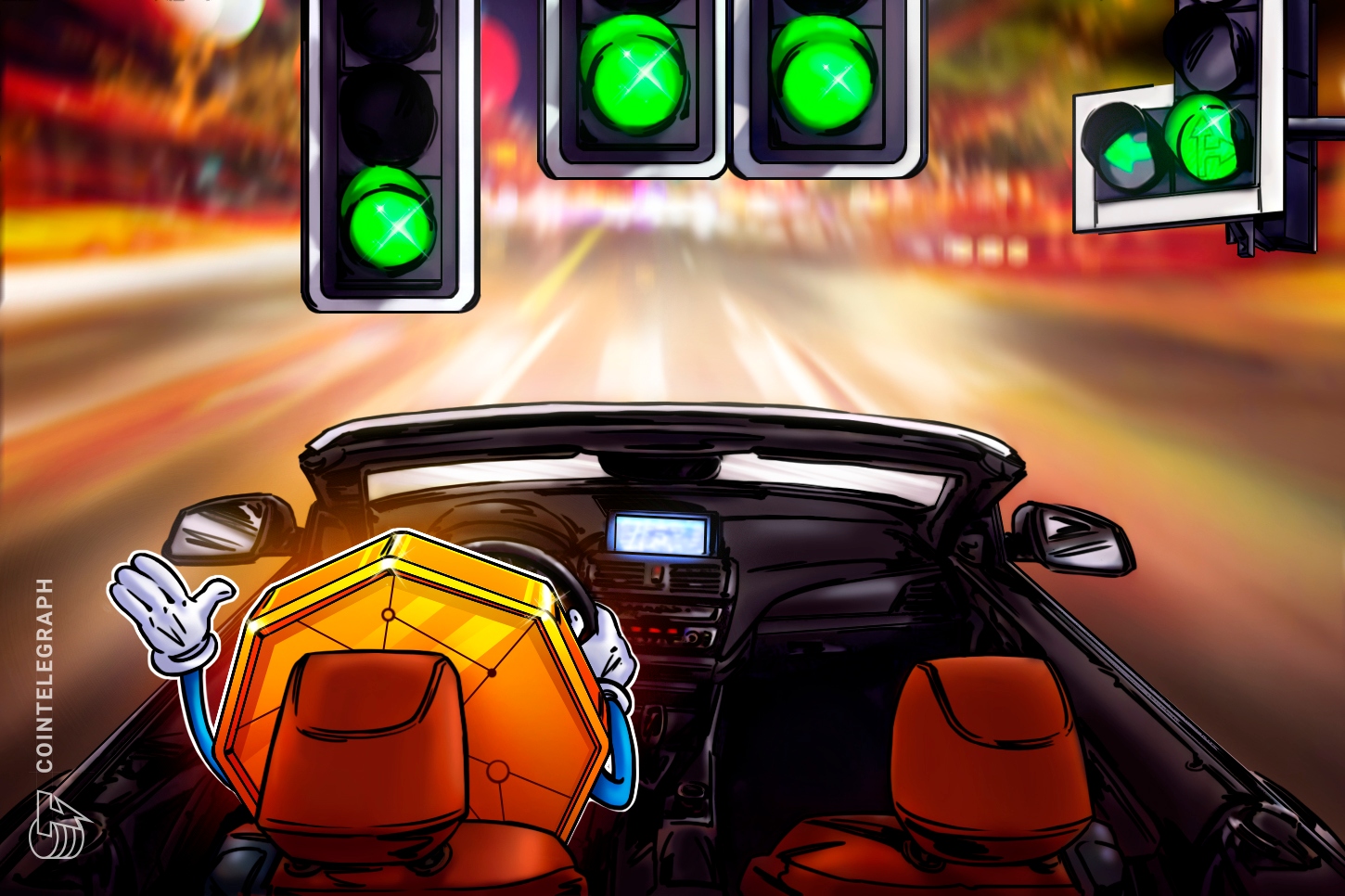What is generative AI?
Generative artificial intelligence (AI), fueled by advanced algorithms and massive data sets, empowers machines to create original content, revolutionizing fields such as art, music and storytelling. By learning from patterns in data, generative AI models unlock the potential for machines to generate realistic images, compose music and even develop entire virtual worlds, pushing the boundaries of human creativity.
Generative AI, explained
Generative AI is a cutting-edge field that investigates the potential of machine learning to inspire human-like creativity and produce original material. Generative AI is a subset of artificial intelligence concerned with creating algorithms that can produce fresh information or replicate historical data patterns.
It uses methods like deep learning and neural networks to simulate human creative processes and produce unique results. Generative AI has paved the way for applications ranging from image and audio generation to storytelling and game development by utilizing algorithms and training models on enormous amounts of data.
Both OpenAI’s ChatGPT and Google’s Bard show the capability of generative AI to comprehend and produce human-like writing. They have a variety of uses, including chatbots, content creation, language translation and creative writing. These models’ underlying ideas and methods promote generative AI more broadly and its potential to improve human-machine interactions and artistic expression.
Related: 5 AI tools for translation
This article will explain generative AI, its guiding principles, its effects on businesses and the ethical issues raised by this rapidly developing technology.
Evolution of generative AI
Here’s a summarized evolution of generative AI:
- 1932: The concept of generative AI emerges with early work on rule-based systems and random number generators, laying the foundation for future developments.
- 1950s–1960s: Researchers explore early techniques in pattern recognition and generative models, including developing early artificial neural networks.
- 1980s: The field of artificial intelligence experiences a surge of interest, leading to advancements in generative models, such as the development of probabilistic graphical models.
- 1990s: Hidden Markov Models became widely used in speech recognition and natural language processing tasks, representing an early example of generative modeling.
- Early 2000s: Bayesian networks and graphical models gain popularity, enabling probabilistic inference and generative modeling in various domains.
- 2012: Deep learning, specifically deep neural networks, started gaining attention and revolutionizing the field of generative AI, paving the way for significant advancements.
- 2014: The introduction of generative adversarial networks (GANs) by Ian Goodfellow propels the field of generative AI forward. GANs demonstrate the ability to generate realistic images and become a fundamental framework for generative modeling.
- 2015–2017: Researchers refine and improve GANs, introducing variations such as conditional GANs and deep convolutional GANs, enabling high-quality image synthesis.
- 2018: StyleGAN, a specific implementation of GANs, allows for fine-grained control over image generation, including factors like style, pose and lighting.
- 2019–2020: Transformers — originally developed for natural language processing tasks — show promise in generative modeling and become influential in text generation, language translation and summarization.
- Present: Generative AI continues to advance rapidly, with ongoing research focused on improving model capabilities, addressing ethical concerns and exploring cross-domain generative models capable of producing multimodal content.
— AI (@DeepLearn007) June 25, 2023
How does generative AI work?
With the use of algorithms and training models on enormous volumes of data, generative AI creates new material closely reflecting the patterns and traits of the training data. There are various crucial elements and processes in the procedure:
Data collection
The first stage is to compile a sizable data set representing the subject matter or category of content that the generative AI model intends to produce. A data set of tagged animal photos would be gathered, for instance, if the objective was to create realistic representations of animals.
Model architecture
The next step is to select an appropriate generative model architecture. Popular models include transformers, variational autoencoders (VAEs) and GANs. The architecture of the model dictates how the data will be altered and processed to produce new content.

Training
Using the gathered data set, the model is trained. By modifying its internal parameters, the model learns the underlying patterns and properties of the data during training. Iterative optimization is used during the training process to gradually increase the model’s capacity to produce content that closely resembles the training data.
Generation process
After training, the model can produce new content by sampling from the observed distribution of the training set. For instance, while creating photos, the model might use a random noise vector as input to create a picture that looks like an actual animal.
Evaluation and refinement
The created material is examined to determine its caliber and degree of conformity to the intended attributes. Depending on the application, evaluation metrics and human input may be used to improve the generated output and develop the model. Iterative feedback loops contribute to the improvement of the content’s diversity and quality.
Fine-tuning and transfer learning
Pre-trained models may occasionally serve as a starting point for transfer learning and fine-tuning certain data sets or tasks. Transfer learning is a strategy that enables models to use information from one domain to another and perform better with less training data.
It’s crucial to remember that the precise operation of generative AI models can change based on the chosen architecture and methods. The fundamental idea is the same, though: the models discover patterns in training data and produce new content based on those discovered patterns.
Applications of generative AI
Generative AI has transformed how we generate and interact with content by finding multiple applications in a variety of industries. Realistic visuals and animations may now be produced in the visual arts thanks to generative AI.
The ability of artists to create complete landscapes, characters, and scenarios with astounding depth and complexity has opened up new opportunities for digital art and design. Generic AI algorithms can create unique melodies, harmonies, and rhythms in the context of music, assisting musicians in their creative processes and providing fresh inspiration.
Beyond the creative arts, generative AI has significantly impacted fields like gaming and healthcare. It has been used in healthcare to generate artificial data for medical research, enabling researchers to train models and investigate new treatments without jeopardizing patient privacy. Gamers can experience more immersive gameplay by creating dynamic landscapes and nonplayer characters (NPCs) using generative AI.
Ethical considerations
The development of generative AI has enormous potential, but it also raises significant ethical questions. One major cause for concern is deepfake content, which uses AI-produced content to deceive and influence people. Deepfakes have the power to undermine public confidence in visual media and spread false information.
Additionally, generative AI may unintentionally continue to reinforce biases that are present in the training data. The AI system may produce material that reflects and reinforces prejudices if the data used to train the models is biased. This may have serious societal repercussions, such as reinforcing stereotypes or marginalizing particular communities.
Related: What is explainable AI (XAI)?
Researchers and developers must prioritize responsible AI development to address these ethical issues. This entails integrating systems for openness and explainability, carefully selecting and diversifying training data sets, and creating explicit rules for the responsible application of generative AI technologies.









